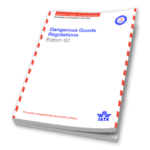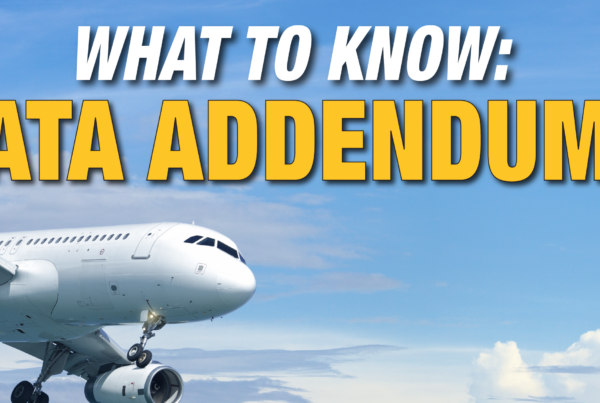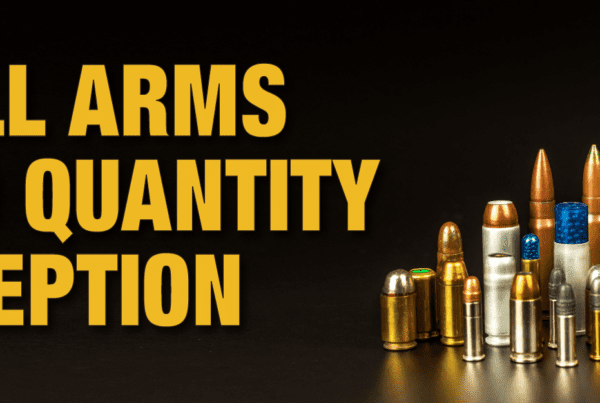As you probably know, the 62nd IATA book has been released and print and electronic copies are now available.
One of the changes in the 62nd edition is in the Section 8, Documentation.
Most shipments of Dangerous Goods by air require a Dangerous Goods Declaration. The air regulations are the only regulations that have a very specific format. Some carriers require the document to be computer-generated, while others still allow hand-written copies. However you complete it, the following would be required:
“The Top”
- The Shipper and Consignee name and address
- If you are shipping infectious substances, a contact name and phone must be included as well
- Number of pages
- Whether the shipment was packaged in accordance with passenger aircraft or cargo aircraft only
- Whether the shipment is radioactive or non-radioactive
- The air waybill number, the airport of departure, and airport of arrival are optional for the shipper
“The middle” or Nature and quantity of dangerous goods
- The UN or ID number
- Proper shipping name
- Class or division and subsidiary hazard if applicable
- Packing group
- Quantity and type of packaging
- Packaging instruction used
- Authorization, if applicable
- Other items you might see are “Q” value, and overpack information
The change in the 62nd Edition of the IATA regulations is in regard to the way the overpack is written. There is now a distinction between multiple overpacks with the same contents and multiple overpacks with different contents. Here is what it says: “When an overpack is used, the wording “Overpack Used” must be inserted on the declaration from immediately after all the relevant entries relating to the packaging within each overpack…Multiple overpacks with identical contents must be identified either as “Overpack Used x (number of identical overpacks)”, or listed individually. Multiple overpacks with different contents must be identified by listing them separately.
As usual, IATA has provided some examples shown in Figure 8.1.I, 8.1.N, 8.1.Q and 8.1.M.
Finally, “The Bottom”
- If you are in the USA or Canada, you need a 24-hour number in the “additional handling information”
- You must print and sign your name, as well as write the date.
When you sign off on a Shipper’s declaration, you are certifying that the statement shown to the left of the signature is true. In simple terms, this means that you believe that you have classified it, packed it, and labeled it to travel safely. Safe enough in fact, that you are willing to fly you and your family on the same plane as that package. If you cannot, don’t sign, and go back and do it better.
One final reminder is that the new format, which changed subsidiary risk to hazard, and removed the Title and Place requirements becomes effective in 2024. Until then, you may use the old format, or the new one, it is your choice.
Need help completing your Shipper’s Declaration? We have online and virtual-live classes in the air (and other) regulations. If you ship by air infrequently, ask us about our repacking services; we ship the product on your behalf, including completing the Shipper’s Declaration.
We have all the products, services and training you need to ensure your staff is properly trained and informed.
 IATA Publications |
 Shipping by Air Declaration Forms |







